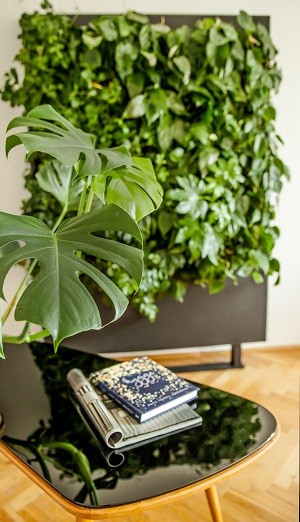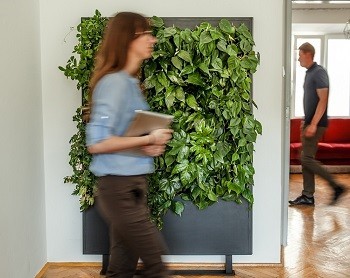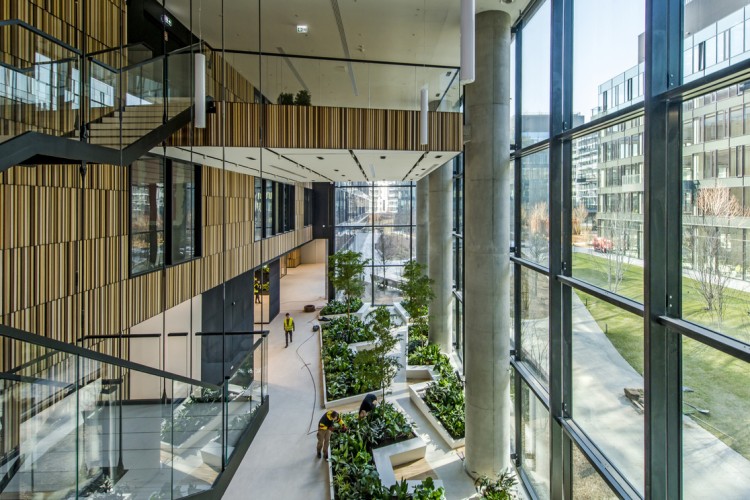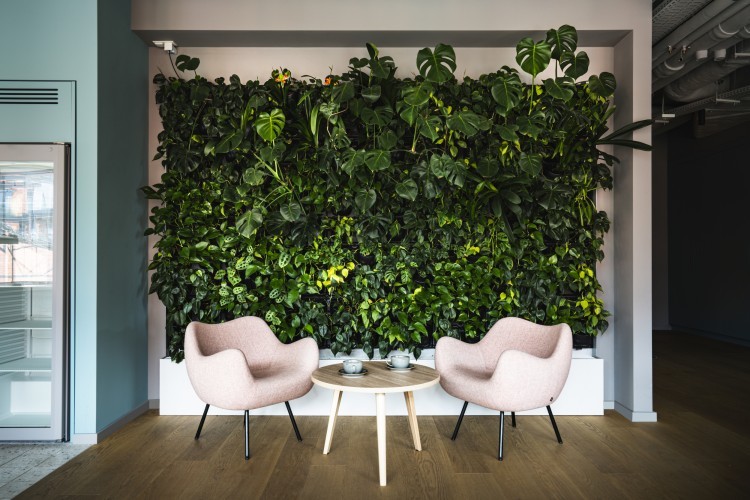Importance of light for plants and people

There is a reason why it is said that light is life. In fact, it was largely thanks to it, life was born on our planet. Therefore, it is not surprising that for the proper development and functioning of people and plants, the right amount of light is crucial. It is worth delving into this topic to find out why light is so important and how we can supplement the deficiencies of natural light.
Light in human life
Light allows us to see the surrounding world by distinguishing details, individual colours, movement, brightness. It has a very big impact on a human in terms of the physiology and psyche. But light also has extremely important functions in relation to a lot of biological processes that occur in our body. This is, e.g., the correct metabolism, blood circulation and hormone balance of a human. This light also synchronises our internal clock, thanks to which our body functions in a certain rhythm.
Of all five senses, the sight provides us with the most information about our environment, and this is one reason why light has such a big impact on our everyday functioning and mood. Adequate lighting improves visibility and safety, especially after dark, when our eyesight does not fulfil its role well anymore. Light can also reduce our fatigue and affect the improvement of work productivity. And to top it all, it can positively affect our mood and well-being.
Of course, these are only examples of how light affects our everyday life. In fact, there are many more areas that are regulated by access to the right amount of light. We must remember to provide ourselves with this important “fuel”.
Artificial lighting
Deficiency or even lack of light can have a negative effect on both our health and mood. Therefore, for more than 100 years, a human has tried to compensate for such losses with artificial electrical lighting. Different distribution of lighting systems, as well as different types of light sources with different intensity and colour, allow us to achieve the intended effect, which is favourable to work (light similar to daylight – white cold) or rest (warm shades of white with low intensity). Certainly, it is worth to consult a professional who will advise us on which solutions to use in order to achieve the desired effect.
Light in the development of plants
Everyone who likes to surround themselves with plants is aware of the huge importance of access to adequate amount of light in their proper development. It affects both their vitality, intensity of growth and image, so if we want them to be a beautiful decoration in our offices or apartments, we have to remember that.
Thanks to the light, there is a photosynthesis process in plants, whose normal course affects their image. If the lighting is inadequate, the plant storage substances run out. In such a case, flowers usually just stop growing. It also happens that over time, the distance between their leaves becomes larger, and the leaves are smaller or even almost transparent. If the lighting is too intense for the plant, dark spots may appear on its leaves. After some time, these spots dry out and crumble which is the beginning of the process of their total dying, drying and falling off. It should be remembered that plants also need “night” for a minimum of 6 hours a day so they cannot be permanently exposed to light.
So how can you be sure that our plants have access to the right amount of light? Of course, in the first place we should find out what amount of light the given species needs. Thanks to this, we will find out whether they should stand on the window sill, or whether we can set them in places a little away from the windows.
Unfortunately, not every plant enthusiast has the conditions to provide all his flowers with perfect conditions. In autumn and winter, access to natural light is also very limited. In this situation, we need to use artificial lighting, which must, however, produce a spectrum similar to natural light.
Additional plant lighting
A lot of people may think that plant lighting is troublesome and can simply look unsightly. Currently, however, we have a lot of various assimilation lamps to choose from, thanks to which we will easily take care of the well-being of our beloved plants. During our activity we have checked a lot of types of light sources where we have developed the most optimal solutions for plants. In our opinion, LED lamps are the best solution because of their appropriate colour, intensity and energy efficiency. We offer such solutions to our customers.
It is also worth paying attention to the fact that properly selected lighting of greenery can improve the aesthetics of the entire room. In the case of green plant walls, their lighting gives an extraordinary visual effect that even more emphasises the uniqueness of the composition and the entire interior. If the light is too intense for us, we can set the time to light the plants when we are away from home, e.g. at work. The optimal time for lighting a green plant wall varies from 8 to 12 hours. Therefore, we should not be afraid of using artificial light for the benefit of our plants because we can regulate this process quite flexibly.







